Pruning Hydrangeas
There are many different types of hydrangeas; many require different methods of pruning. First, one must know the identity of the hydrangea in the landscape, so the proper pruning procedure can be implemented.
Hydrangea arborescens ‘Grandiflora’-Hills-of-Snow Hydrangea
Prune hills-of-snow hydrangea to the ground line each winter or early spring because it flowers abundantly on new growth, and is frequently killed back during winter. If a larger shrub is desired (3+ feet) and/or it is not killed back over the winter, prune less severely. Remove certain branches to the ground; cut others back at varying heights of from 1 to 3 feet.
Hydrangea paniculata ‘Grandiflora’-Peegee Hydrangea
This is the most commonly planted hydrangea because of its massive displays of large white flowers in mid- to late-summer. They gradually turn to pink and remain on the plant in a semi-dried condition long after the leaves have fallen. Pruning involves the removal of dead flowers, if unattractive, and annual corrective pruning of vigorous shoots. Thin and/or cut back the previous season’s growth in late winter or early spring, since flower clusters occur on newly developing branches. Without regular pruning, this hydrangea can rapidly become quite overgrown and out of scale in the landscape. It can, however, be developed into a single or multi-stemmed tree form.
Hydrangea macrophylla-Hortensia or Florist Hydrangea
This is a commonly grown hydrangea with large globe-shaped flowers. It is
frequently forced by florists and sold as an indoor pot plant during the spring season. Once moved outdoors, flower color is dependent upon the pH of the soil in which it is grown: blue if acid; pink if alkaline. There are also several white flowered cultivars. Pruning can be accomplished at two different times. Late summer is more desirable, since most hortensia types flower only from the end buds of upright or lateral shoots produced during late summer and fall of the previous season. Prune as soon as the flowers have faded and strong shoots are developing from the lower parts of the stems and crown. Remove at the base some of the weaker shoots that are both old and new. Always try to keep several stems of old productive wood, with a sufficient number of stout new stems that will flower the following season. Early spring pruning (March), although acceptable, will result in the sacrificing of bloom for that growing season.
Pruning this species too late in the fall (after September) is harmful. New growth, both vegetative and reproductive, will not develop proper maturity. Hortensia is a good seashore shrub; flowering is more profuse in an open, sunny location. This, however, increases its vulnerability to bud killing. Winter protection of the plant should be initiated in December to preserve buds for next year’s flowering. Tie the shoots together and wrap with burlap. If left unprotected, delay any Spring pruning until the buds swell in order to determine which wood needs to be removed, and then cut back to below the point of injury.
Hydrangea quercifolia-Oakleaf Hydrangea
This plant is grown primarily for its handsome oak-leaf shaped foliage, excellent fall color, attractive flowers and interesting winter bark. It is ideally suited to a lightly shaded or protected location, and if grown in an exposed site, it is subject to some winter dieback. Prune back in early spring to remove dead wood. Cut back to below the point of injury and remove old wood to the base.
Hydrangea anomala petiolaris—Climbing Hydrangea
This desirable mid-summer flowering woody vine attaches itself by aerial roots to brick, masonry, or wood. It requires little or no pruning. If certain shoots have grown out of bounds, reduce their length in summer. Frequently concern is expressed about climbing vines that may be inundating a tree and causing irreparable damage: there has never been a proven case of damage occurring from climbing hydrangea, however.
Taken from from Weir, Richard, “Hydrangea Types: How to Prune”, Long Island Gardening, March/April 1992.

